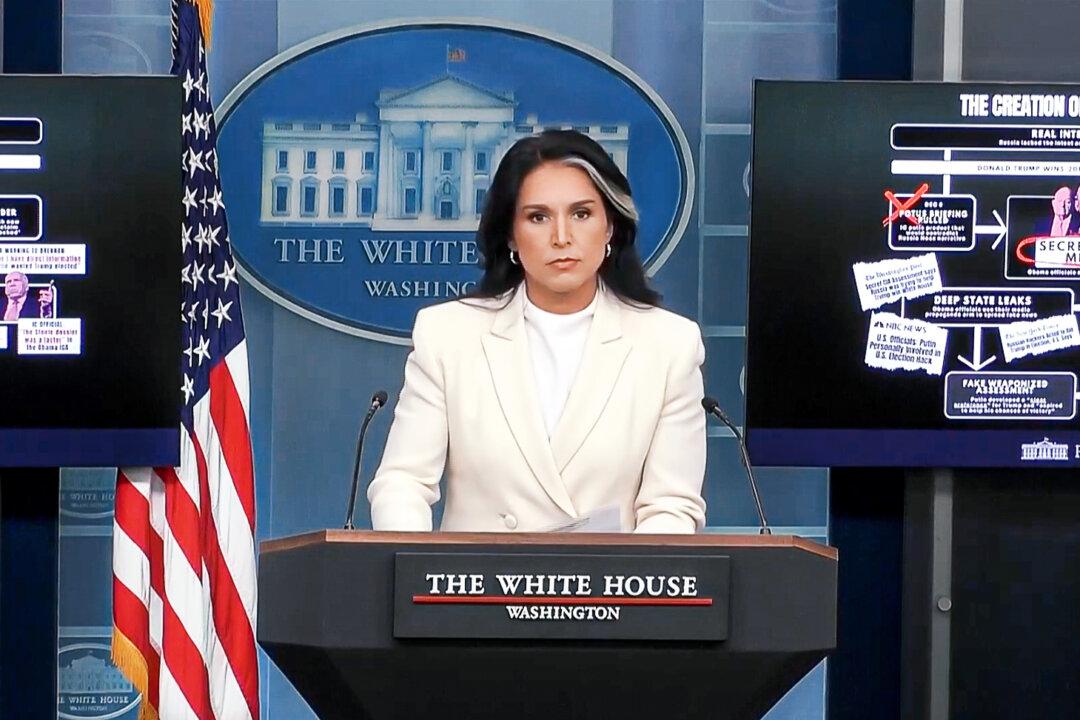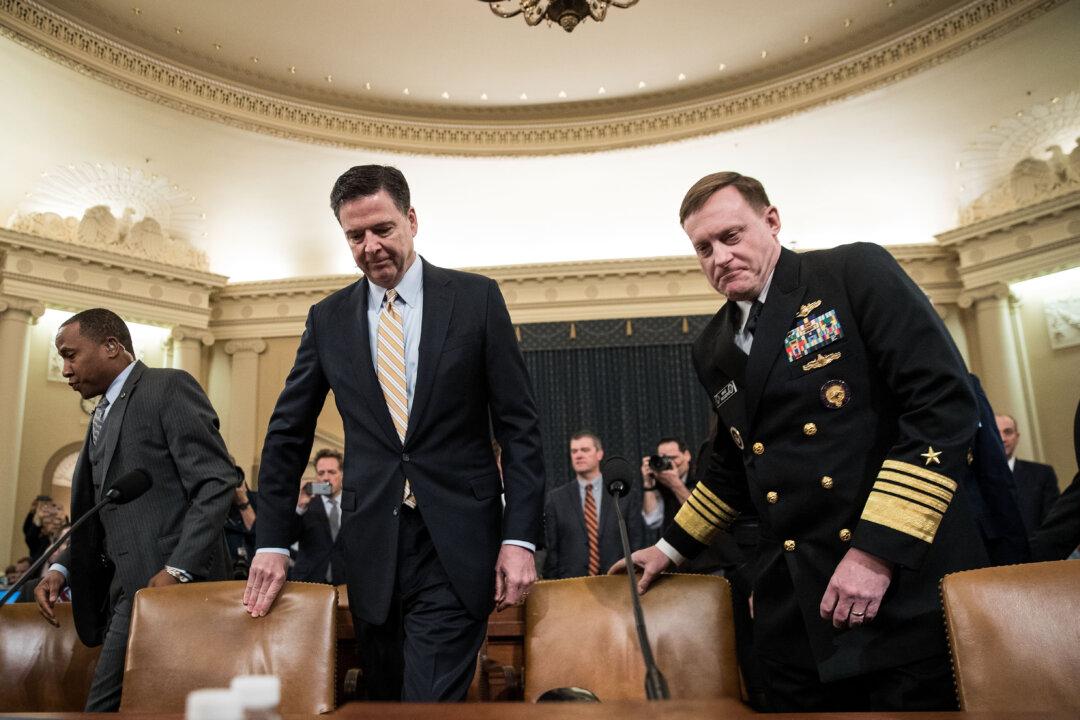The White House authorized a new comprehensive biodefense strategy on Sept. 18, establishing a Cabinet-level committee tasked with defending the United States against biological threats and coordinating the efforts of 15 government agencies and the intelligence community.
President Donald Trump signed the strategy into action on Sept. 18 at the White House. The Department of Health and Human Services, which holds the bulk of the U.S. government’s expertise in biological threats, will be the lead agency.





